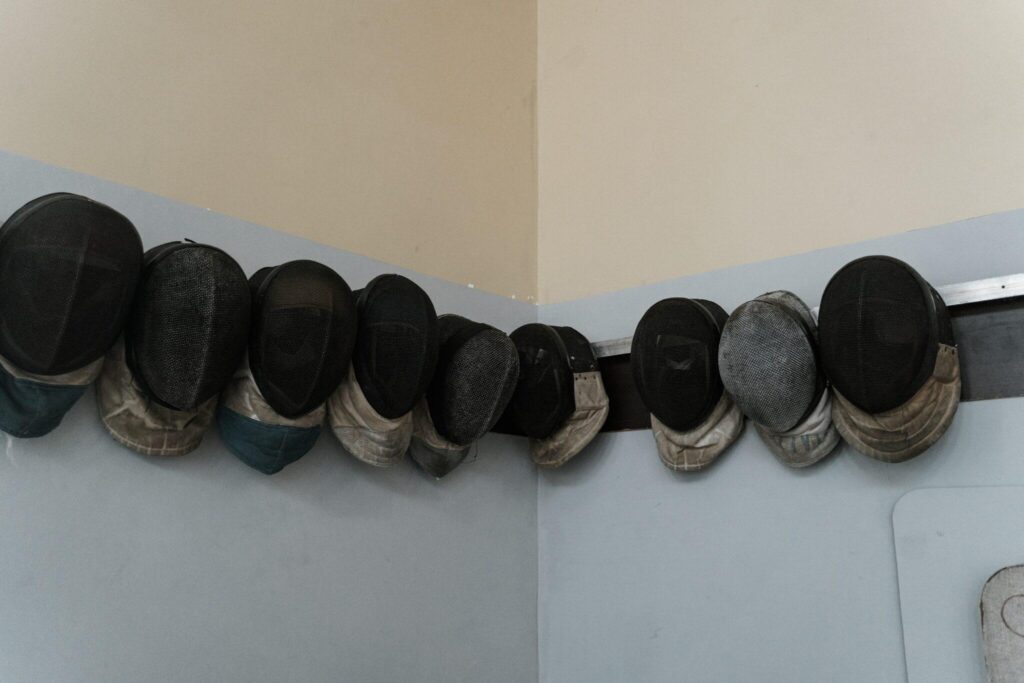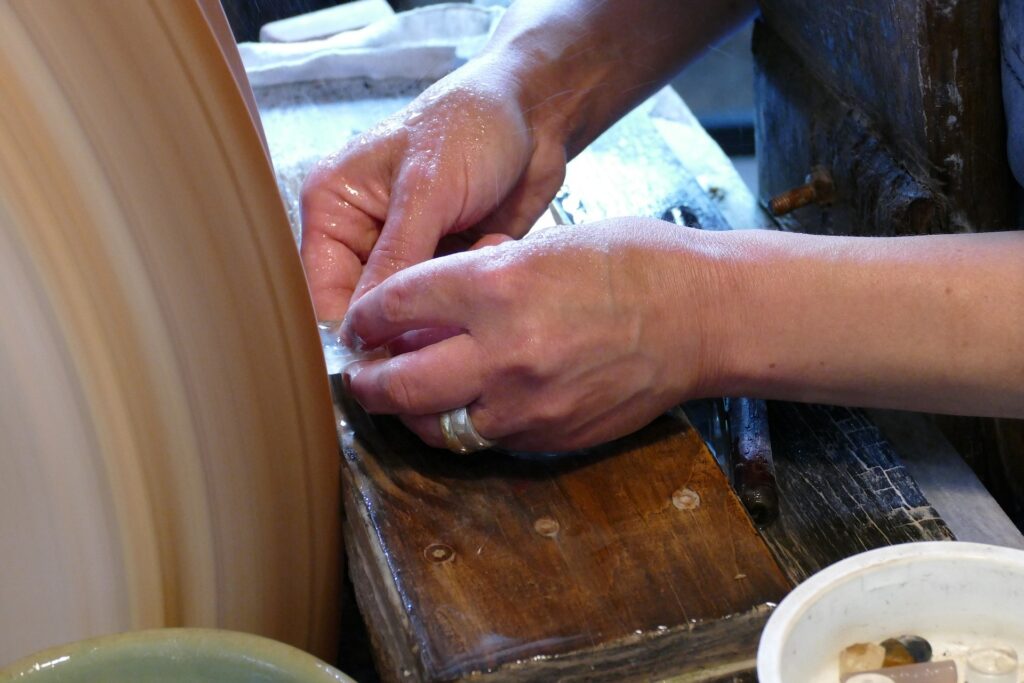The Art of Gathering

Every martial arts meetup, whether it’s a class, a study group, or a tournament, is a type of gathering. It is so easy to approach these in the way we have inherited from others, rather than thinking intentionally about our purpose in those gatherings and what it takes to foster the community, learning, training, or competing environment that is most impactful.
In The Art of Gathering, author Priya Parker shares some useful guidelines for upping the intentionality and positive outcomes of gathering.
Start with a Clear Purpose
An insight from Priya’s book is that a category (class, practice, drill session) is not a purpose. By digging deeper, we can break out of the molds of these categories which might not be serving our goals, in order to create something that is more deeply useful and satisfying.
If you’re hosting a practice session, what are the successful outcomes you want for that practice? What type of practice do you want to be doing: drills, sparring, exploration from the manuals? Or even more specifically: Seeking to recreate and embody a particular system from a manual; or drilling with the intent of making skills you can execute instinctively in combat; or meeting to have fun and connect with others through a shared passion.
Your Intent Should be Disputable
When you state a clear purpose it should not include every need or desire possible. Your class, HEMA gathering, or study group does not need to be for all people and all desires. Nor does every particular instance of a class. In fact when you attempt to be all things for all people you tend to not be anything for anyone.
By getting specific you create a space where you need to dispute what should or should not be included. Are the drills you are doing really leading you to conditioning instinctive responses? Does recreating a rote action from the manual truly deepen your immersive understanding? Is the organized structure of your class leading to the fun you want to have or is it getting in the way?
Don’t be afraid of getting intentional. In fact it can be a fun and exciting project to engage in with a group that can lead to a lot of learning about who you are and want to be as martial artists.
Create A Unique World
When you walk into a traditional Japanese dojo there is a sense of intentionality that is communicated to you immediately by the physical space itself. The threshold, where you take off your shoes and change into your uniform, is the transition point between your regular world and the world of your training. When you enter the space it speaks to you of the martial art you are there to practice and supports your focus for your time there on the purpose of that practice.
Whether you meet in a park, or a rented hall, or someone else’s studio (or you’re lucky like I am and have your own facility) consider what you can put in place that speaks to and supports your purpose. This can be physical like training aids and footwork diagrams or small rituals that support the psychological intention of your space.
One group that meets in a park erects a ring of flags around their training area. This serves the practice purpose of helping stop people from walking through their space, and the psychological one of creating a distinction of where their social time ends and their training space begins.
Mark Mikita’s school of Filipino Martial arts in Los Angeles has in one area a wall of traditional Filipino knives, swords, and shields, and another with written wisdom, diagrams, and art from a diversity of martial traditions from around the world both ancient and modern. His space space supports his goal of honouring and practicing ancient traditions while constantly challenging them with new ideas.
What could you do to make your space 10% more purposeful without saying a word to those who gather in it?
Devon



Responses